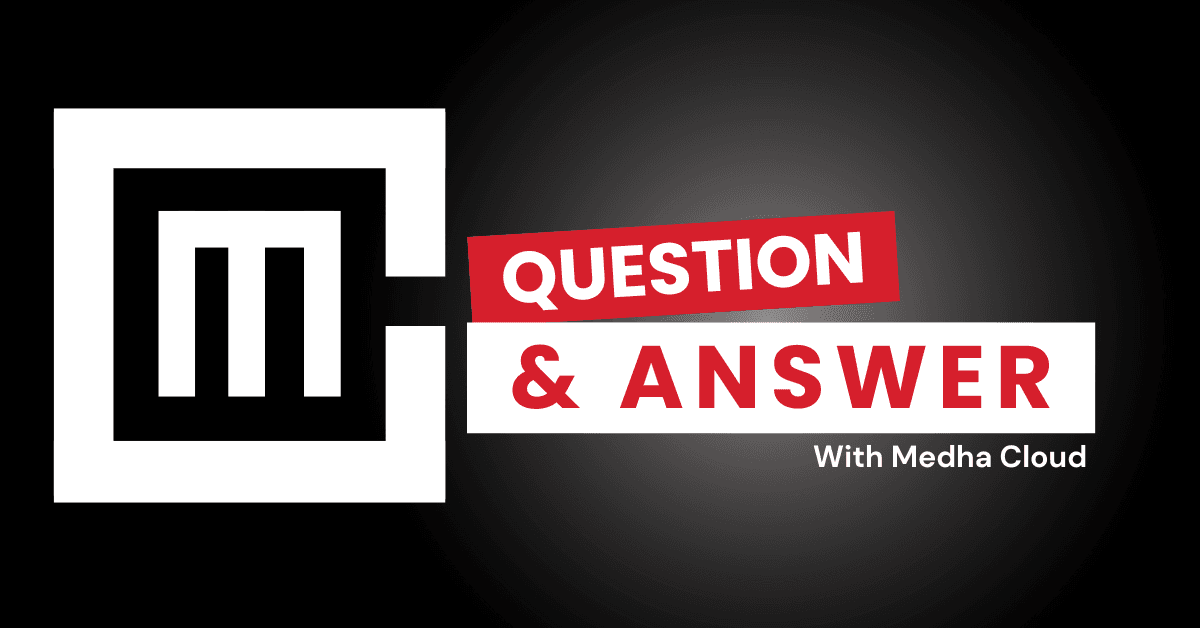Microsoft 365 Business Standard provides robust version control features to help users track, manage, and restore changes made to documents. These features are available across OneDrive, SharePoint, and Microsoft Office apps, ensuring secure and efficient collaboration.
Key version control features in Microsoft 365 Business Standard
Version history
- Automatic versioning: OneDrive and SharePoint automatically save versions of files whenever changes are made.
- Access previous versions: View, restore, or download older versions of documents directly from the file’s version history.
- Detailed tracking: Each version includes information about who made the changes and when they were made.
Co-authoring change tracking
- Real-time updates: Changes made by collaborators appear instantly, with markers showing who edited specific sections.
- Undo changes: Use the version history to revert unwanted edits made during co-authoring sessions.
Compare and merge
- Track changes in Word: Enable “Track Changes” in Word to document edits made by different collaborators.
- Compare versions: Compare two versions of a Word document to identify differences.
Document retention policies
- Retention settings: SharePoint and OneDrive allow admins to enforce document retention policies, preserving files and their versions for compliance purposes.
- Data recovery: Retrieve deleted files and their versions from the recycle bin within the retention period.
Real-time backups
- Cloud backup: All documents stored in OneDrive or SharePoint are backed up automatically, preserving their versions.
- Offline editing sync: Offline edits sync with the cloud once the device reconnects to the internet, ensuring all versions are captured.
Audit and compliance tracking
- Audit logs: SharePoint maintains logs of all file activities, such as edits, deletions, and restores.
- Compliance tools: Admins can enforce version retention policies to meet industry or legal requirements.
How to use version control features
Viewing and restoring versions in OneDrive or SharePoint
- Right-click on the file in OneDrive or SharePoint and select Version History.
- Browse the list of saved versions, which includes timestamps and author names.
- Select a version to View, Download, or Restore as the current version.
Using Track Changes in Word
- Open the Word document and go to Review > Track Changes.
- All edits are highlighted, and authors are identified by name.
- Accept or reject individual changes as needed.
Comparing versions in Office apps
- In Word, go to Review > Compare and select two versions of the document.
- Word generates a comparison file highlighting all differences.
Benefits of version control in Microsoft 365 Business Standard
- Improved collaboration: Users can work confidently, knowing changes are tracked and reversible.
- Enhanced accountability: Version history provides transparency, showing who made specific edits.
- Error recovery: Easily revert to earlier versions to fix mistakes or resolve disputes.
- Compliance readiness: Retention policies ensure data preservation for legal and regulatory needs.
Conclusion
Microsoft 365 Business Standard includes comprehensive version control features that enhance collaboration, protect data, and ensure compliance. Tools like version history, co-authoring tracking, and retention policies help businesses maintain control over their documents.
Need help managing version control with Microsoft 365? Medha Cloud provides expert solutions to optimize your document management.


